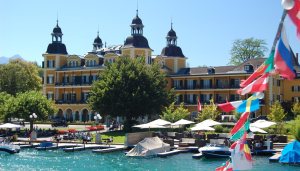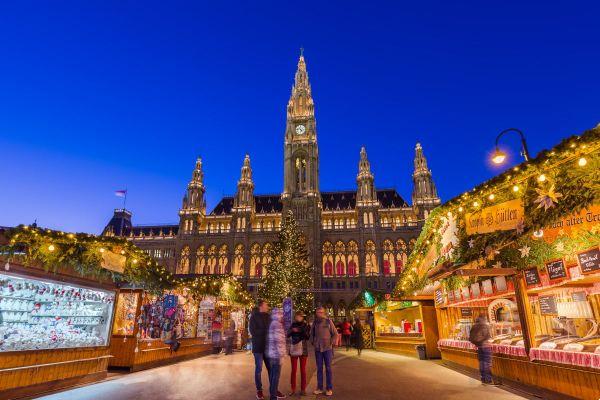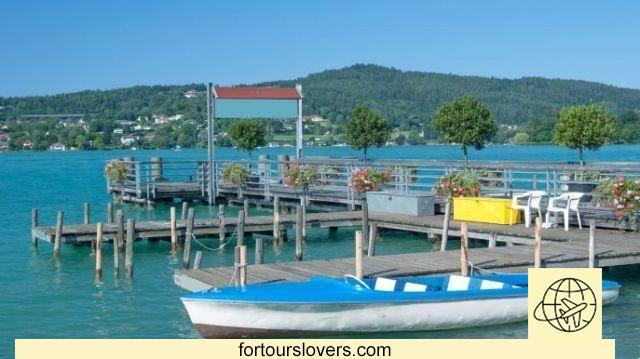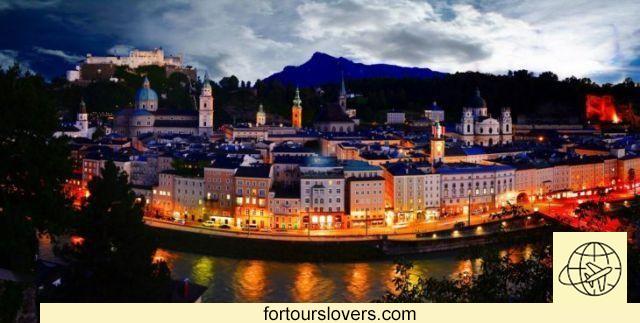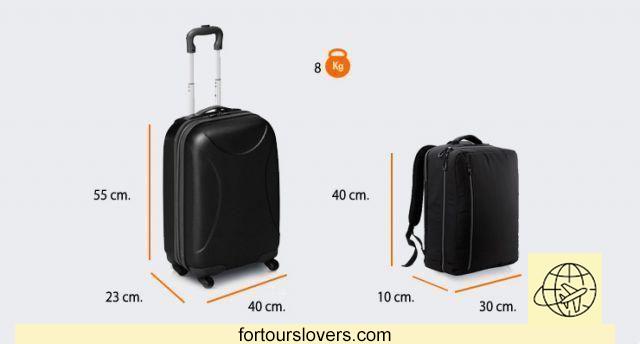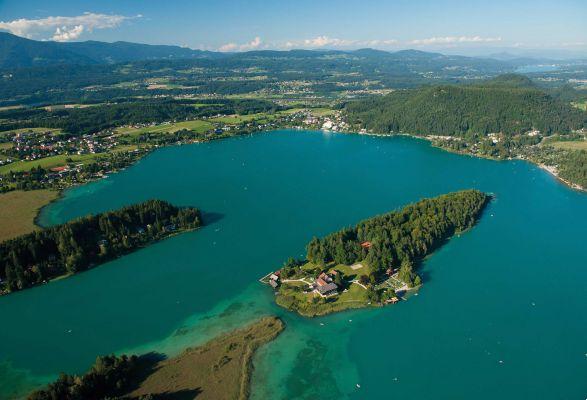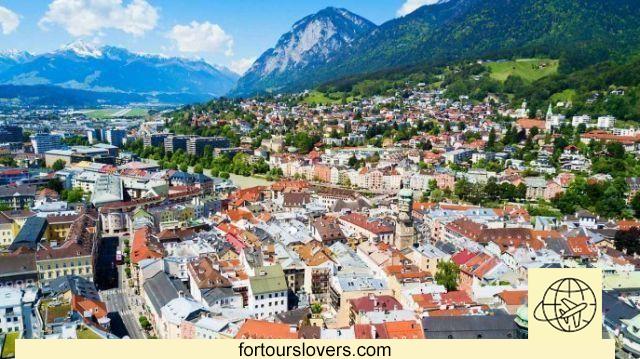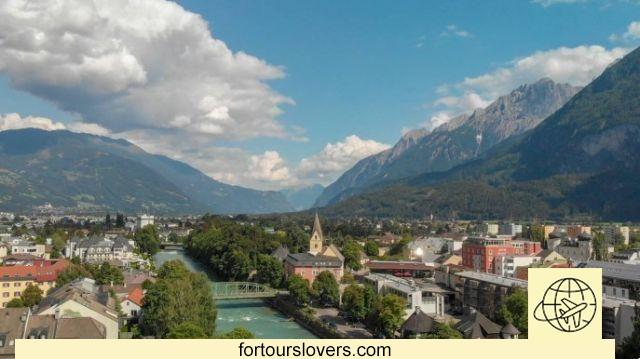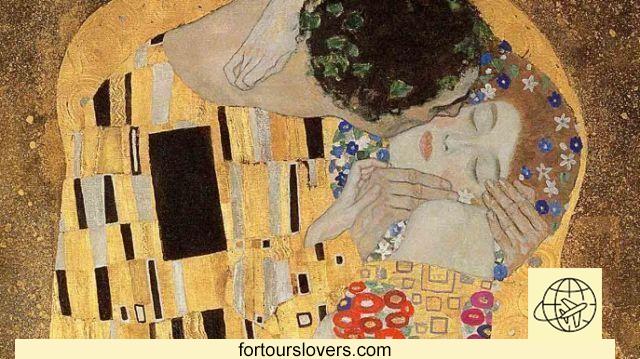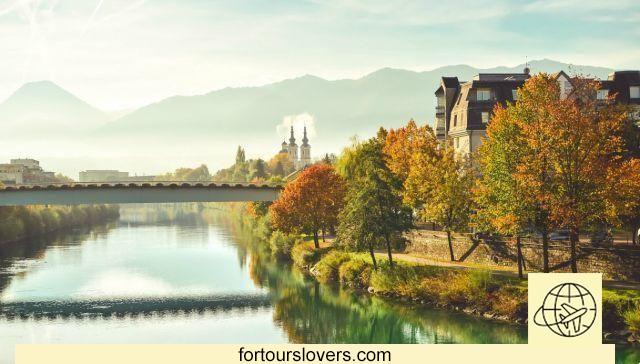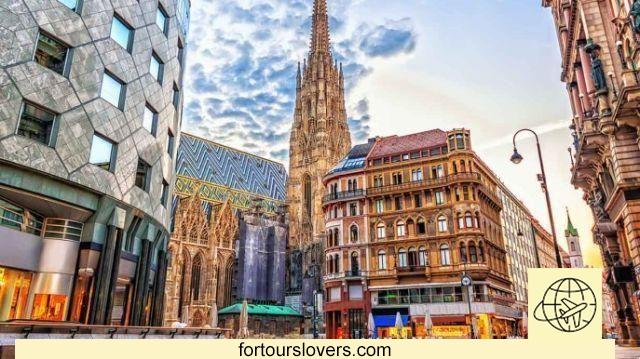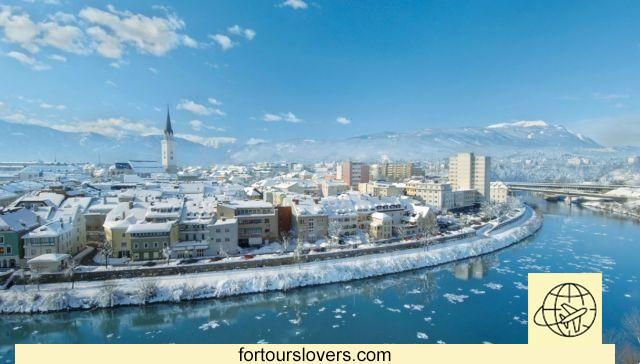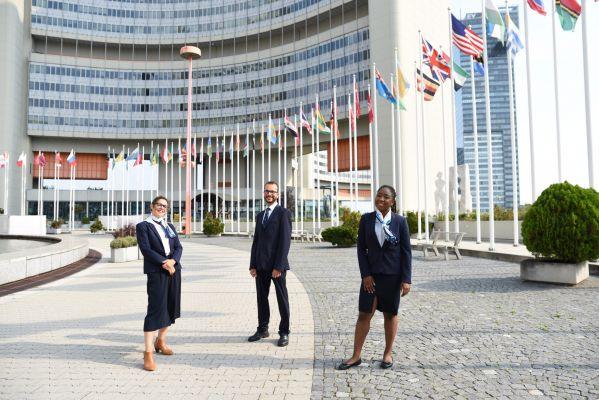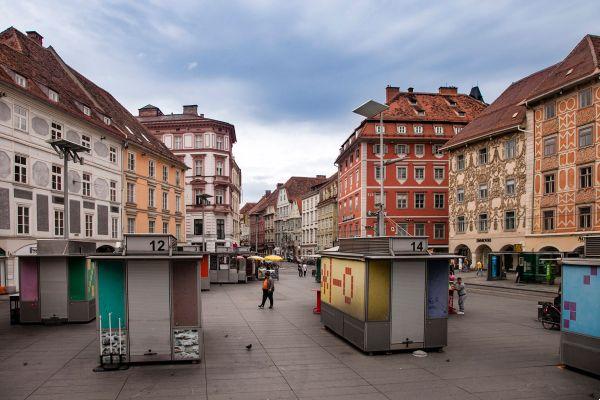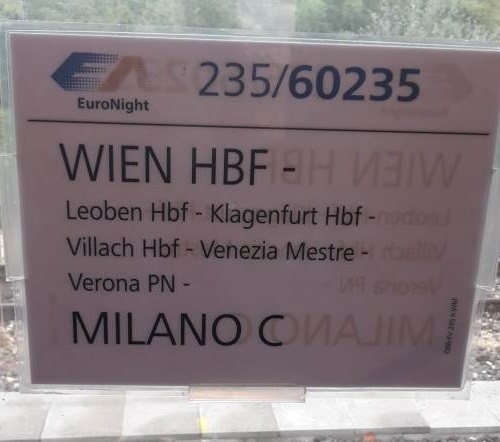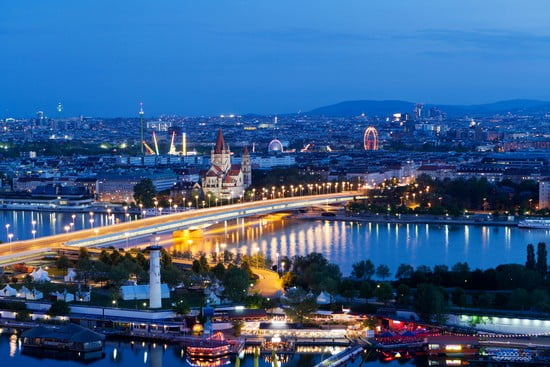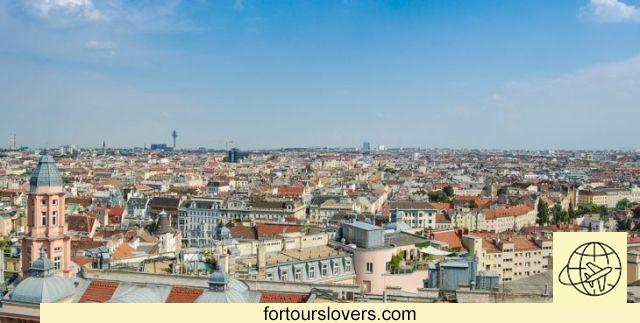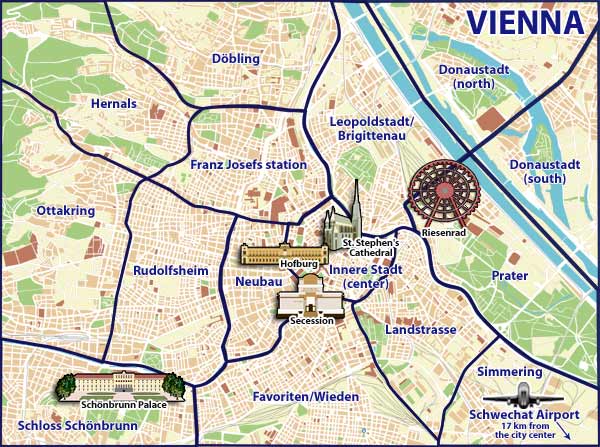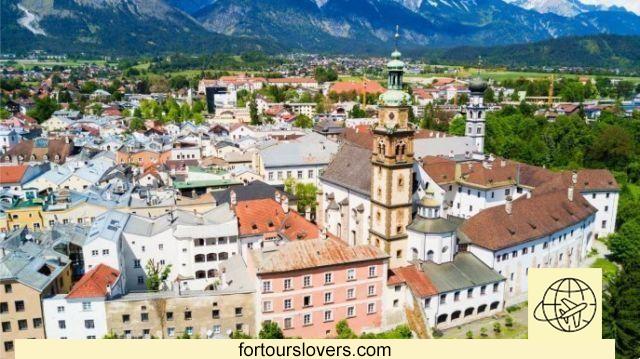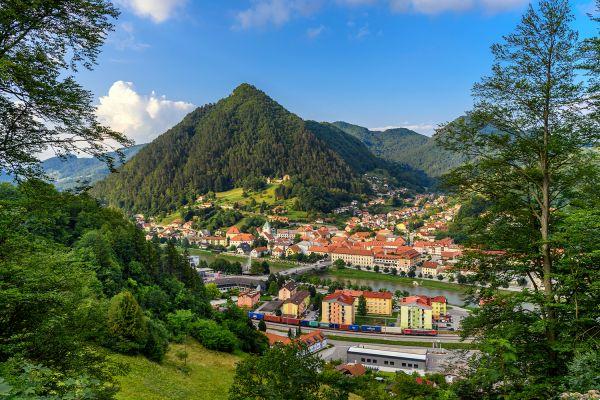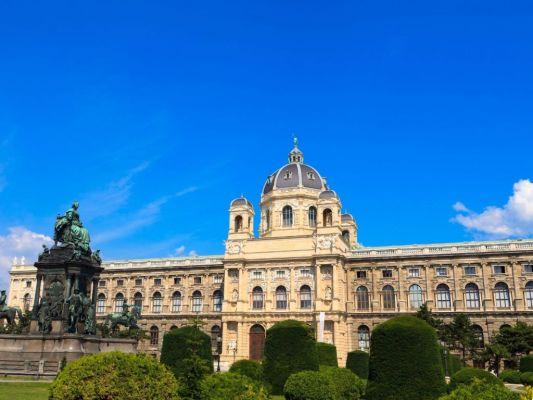
What to see in Vienna, a lively European city home to numerous museums and exhibition centers: a journey through history, art and nature in the former capital of the Habsburg Empire
Vienna is located in the northeast of Austria, just 50 kilometers from Bratislava, the capital of Slovakia. Located in the center of Europe, it is crossed by the Danube, the river that, with its course of 2860 kilometers, crosses ten European countries. Considered one of the most liveable European cities, it is well connected with cycle paths that cross the country along the river.
Vienna has an ancient history. Around the year 100 AD. the romans founded Vienna along the Danube River. The strategic position and proximity to the Germanic border meant that this field intended for soldiers soon became one of the main centers, first military and then civil, of the entire Roman province. The city still preserves some features of the ancient structure in its historic center and, near the Hofburg, it is possible to see the remains of the Roman walls. The finds that emerged during the excavations are preserved in Römermuseo situation at Hoher Markt 3.
Becoming the capital of the empire in 1438, the city of Vienna owes the great cultural and artistic development it had over the centuries to the domination of the Habsburgs. The center of political power has for many years been the complex of Hofburg. Expanded over at least six centuries, the complex includes several buildings and gardens ranging from Gothic to Baroque, Renaissance to Neoclassical. Its best-known façade is the Neue Burg, in front of Josefsplatz, where the statue of Joseph II, emperor from 1765 to 1790, is located. Seat of the imperial court, today it houses several museums; Among them, be sure to visit the Imperial Apartments, the Court Silver Museum and the museum dedicated to Sissi, the beautiful empress famous throughout the world.
On this imperial excursion you cannot miss the Library and the Augustinian church. Of incredible beauty, designed by the genius of Johann Bernhard Fischer von Erlach, the court library It houses the library of Prince Eugene of Savoy. Notice the beautiful ceiling frescoes and numerous classically inspired statues. The Augustinian Church was attached to the complex and was used as a court church, where the marriage between Francis Joseph and Empress Sissi was celebrated. The church is also known for the Herzgruft, the crypt in which the hearts of members of the House of Habsburg are preserved in silver urns.
The complex is also home to the Spanish Riding School, the only place where you can witness the incredible spectacle ofRenaissance classical horsemanship. Founded in 1572, it is a traditional school of Lipizzaner horses, a Spanish breed. Since 2015, this equestrian art has been declared intangible cultural heritage of humanity by UNESCO. In the White Room it is possible to attend morning exercises; Tickets can be purchased at the Besucherzentrum at Michaelerplatz 1. If you are fascinated by this true art that, in harmony with music, unites the rider with the horse, go and enjoy the show. It is also possible to take guided tours or attend gala shows.
A mandatory stop for art lovers is the Kunsthistorisches Museum at Maria Theresien Platz. Built in 1891 for imperial art collections, this museum is one of the best in all of Vienna. The Art Gallery houses works by great artists such as Raphael, Vermeer and Rembrandt; In addition, there are masterpieces by Dürer, Titian and Tintoretto and numerous dedicated collections, such as the Art Chamber of Emperor Rudolf II. The Museum of Art History and the collections of the Neue Burg (Ephesus Museum, Chamber of Hunting and Armor, Collection of Historical Musical Instruments) can be visited with a single ticket.
Opposite, a twin building houses the Natural History Museum. Among the numerous finds, the most famous is the Venus of Willendorf, a 29500-year-old Paleolithic figurine found in Austria. In addition to the prehistoric collections, there is the Meteorite Room with the largest collection of meteorites in the world, the Dinosaur Room and the Digital Planetarium. Finally, from the roof of the Natural History Museum you can enjoy a unique view of the historic center of Vienna and the Ringstrasse.
Not far away is the Vienna MuseumsQuartier. Also called simply MQ, it is a large complex thatbaroque art combines a modern revaluation. Numerous museums are located here, including the Museum Moderner Kunst Stiftung Ludwig Wien known as MUMOK, the Museum of Architecture, the Art Gallery and the Leopold Museum, which houses the works of Rudolf Leopold, the famous art critic who collected more than 5000 parts.




